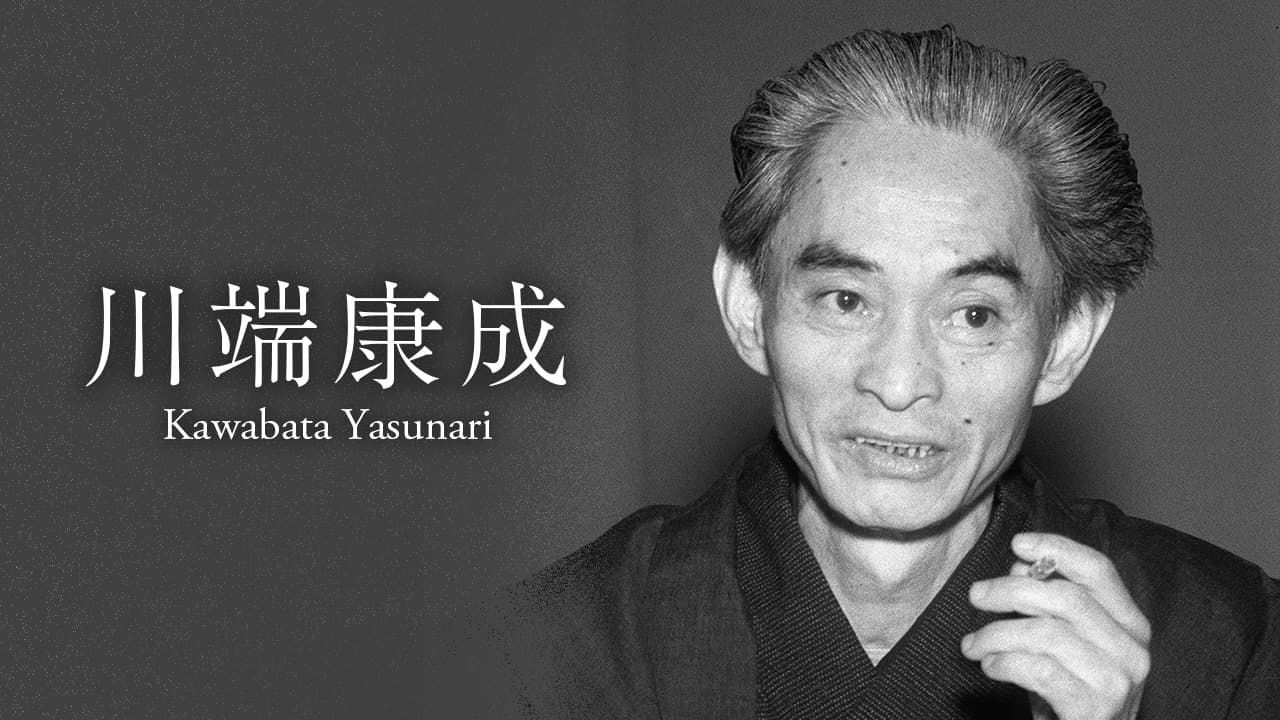川端康成諾貝爾獎演說(Yasunari Kawabata – Nobel Lecture )中的筆記2. .華麗、政治、文學 :《伊勢物語》(採林文月譯本)藤花(三尺六寸).......春為最或秋為 最?
https://www.facebook.com/hanching.chung/videos/701903534315501
23.1公分
紫藤
はな‐ぶさ【花房/▽英】 の解説
1 房のようになって咲く花。「藤 (ふじ) の―」
2 「」に同じ。〈〉
Commentary on Hanabusa
A flower that blooms like a cluster. "Fuji no-" TRAILING OF SPRAY?
2 Same as ``calyx ''. 〈Japanese abstract〉
花房解說
一朵花如簇簇綻放。 “富士 ‹ 不——”
2 與“花萼 ”相同。 〈日本文摘〉
伊勢物語絵巻八十段(藤の花)
VS伊勢物語101(藤の花)
文学・芸術[編集]
- 『古事記』
- 藤衣(ふじごろも)
- 『万葉集』
- 「藤浪の花は盛になりにけり ならのみやこを思ほすや君」 - 防人司佑(さきもりのつかさのすけ)大伴四綱(よつな)の歌。
- 『枕草子』
- 木の花は - 「藤の花は、しなひ長く、色濃く咲きたる、いとめでたし」
- あてなるもの - 「薄色に白襲の汗衫。かりのこ。削り氷にあまづら入れて 新しき金まりに入れたる。水晶の数珠。藤の花・・・」
- 『源氏物語』
- 俳諧
絵画・工芸[編集]
- 「色絵藤花文茶壺」野々村仁清作(国宝、MOA美術館蔵)
- 「藤花図屏風」円山応挙筆(重要文化財、根津美術館蔵)
- 藤娘 - 大津絵十種の画題の一つ。日本舞踊の「藤娘」では、藤娘(藤の精)がフジの花枝を持って舞う。
衣装
文學/藝術
“古事記”
藤五郎
《萬葉集》
“藤波花開正盛,奈良宮古和思井保屋君”——咲森司之助和大友四奈的歌曲。
《牧倉之草》
Konohana - “紫藤花又長又粗,開得很漂亮。”
你可以依靠的—— “淺色白色運動衫。Karinoko。將紅豆放入刨冰中並放入一個新的金球。水晶珠。紫藤花......”
《源氏物語》
Kiritsubo Volume - Hikosha 的花園是 Fujitsubo。
Kaen no Maki - Hikaru Genji 在 Fuji no Utage 與 Oborozukiyo no Kimi 交談。
明石卷 - 明石卷被稱為“Fujinohana and Yaifubekan”。
紫藤背葉捲軸-“富士之花”指的是“雲井鵝”。
海凱
“疲倦時紫藤花”(芭蕉)
《春天和辨慶紫藤女兒的老照片》(四季)
繪畫和工藝品
Ninsei Nonomura的“紫藤設計釉上茶壺”
Ninsei Nonomura的“紫藤設計釉上茶壺”(國寶,MOA博物館收藏)
Okyo Maruyama的“紫藤屏風”(重要文化財產,根津博物館收藏)
Fuji Musume - 十個 Otsu-e 主題之一。在日本舞蹈“富士娘”中,富士娘 (Fuji no Sei) 與紫藤花枝共舞。
戲服
*****
由吳鳴的「秋光侘寂」多人談起「侘び寂び」—及川端康成諾貝爾獎演說(Yasunari Kawabata – Nobel Lecture )中的對應部分(日文、英文、中文).....「優雅古趣」,以及「寂靜、清瘦」的旨趣。但是,「和敬清寂」的茶道所尊重的「幽靜古雅」
https://www.facebook.com/hanching.chung/videos/637992728005199
.....日本人認為秋日晴天最適合出遊,名曰「秋晴」,本書取名秋光,亦略具此意,蓋指秋日光影。「侘寂」來自日文(侘び寂び Wabi-sabi),是一種以接受短暫和不完美為核心的傳統日本美學,侘寂之美有時被描述為不完美、不恆常。原始概念源自佛教三法印,即無常、苦、空;一說侘寂起源於趙宋時期(960-1279)之道教,其後為佛教禪宗所吸納。最初,「侘寂」被視為一種簡樸、克制的欣賞方式。「侘」意為簡陋樸素的優雅之美,「寂」指時間易逝和萬物無常,兩者結合形成了日本文化獨有的美學境界。本書題旨傾向生命的簡陋素樸,蘊涵韶光易逝,萬物無常,此即書名《秋光侘寂》之命意,一種不完美的生命,涵泳樸陋之美。
我的生命情調是一抹灰,嚮慕日本茶聖千利休的利休灰,由紅、藍、黃、白四種顏色混合,表現簡樸而清純的思想。日子是安靜的,連聽的音樂都是。安安靜靜的音樂,安安靜靜的角落。心心念念玄奘法師圓寂時的遺言:願以所修福慧,回施有情。
本書收錄廿四篇文字,內容為生命書寫,惟並不以啟發人生為要義,更非心靈雞湯,而止於生命歷程之記事。
The Nobel Prize in Literature 1968
Photo from the Nobel Foundation archive.
Yasunari Kawabata
Prize share: 1/1
The Nobel Prize in Literature 1968 was awarded to Yasunari Kawabata "for his narrative mastery, which with great sensibility expresses the essence of the Japanese mind"
川端康成諾貝爾獎演說:日文、英文
Yasunari Kawabata – Nobel Lecture - NobelPrize.org
https://www.nobelprize.org › literature › l...
“I am living in a world of morbid nerves, clear and cold as ice… I do not know when I will summon up the resolve to kill myself. But nature is for me more ...
川端 康成 Kawabata Yasunari, 11 June 1899 – 16 April 1972)
川端康成 《日本的美與我》喬炳南譯,台北:臺灣商務,1970/1985 三版
學者‧英譯家 Edward Seidensticker(1921~2007)
.....山水.....從庭園的意義,又引申為「優雅古趣」,以及「寂靜、清瘦」的旨趣。但是,「和敬清寂」的茶道所尊重的「幽靜古雅」指的當然是潛藏於「心」中的豐盛.......
..,In the Oriental word for landscape, literally "mountain water," with its related implications in landscape painting and landscape gardening, there is contained the concept of the sere and wasted, and even of the sad and the threadbare. Yet in the sad, austere, autumnal qualities so valued by the tea ceremony, itself summarized in the expression "gentally respectful, cleanly quiet," there lies concealed a great richness of spirit; ......

Kawabata Yasunari: Finding the Harmonies Between Literature and Traditional Art
- (especially of vegetation) dry or withered."small green vineyards encircled by vast sear fields"
- (of cloth, clothing, or soft furnishings) becoming thin and tattered with age."tatty rooms with threadbare carpets"
- (of a person, building, or room) poor or shabby in appearance."we huddle round a cassette deck in a threadbare rehearsal room"
- (of an argument, excuse, idea, etc.) used so often that it is no longer effective."the song was a tissue of threadbare clichés"

沒有留言:
張貼留言